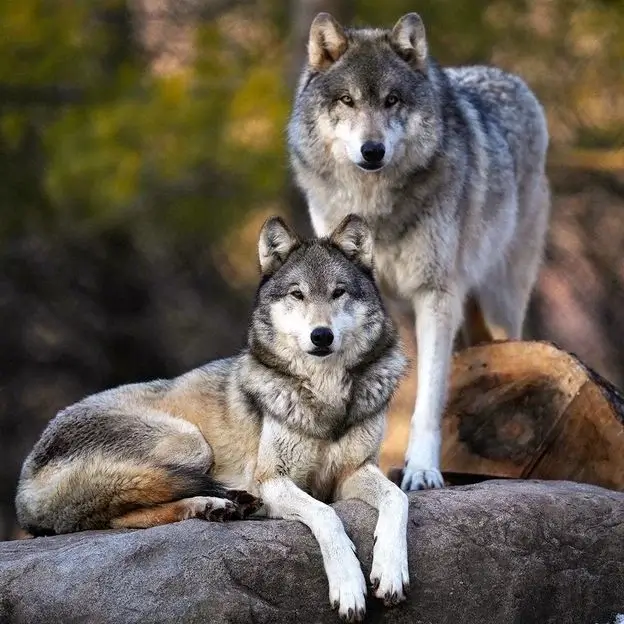Wildebeest and wolves:

The secret weapons against climate change
Schmitz is one of a group of researchers using wildebeest as an example to argue that animal rewilding could be an important solution in tackling climate change. In a scientific paper published earlier this year, they reviewed two decades’ worth of research to estimate the impact of key species in absorbing carbon.
They concluded that protecting or restoring the populations of just nine specific groups of animals that could “collectively facilitate the additional capture of 6.41 billion tonnes of carbon dioxide annually”. To put this figure in context, climate scientists estimate that up to 10 billion tonnes of CO2 will need to be removed from our atmosphere globally every year to achieve the goal of reaching net-zero emissions by 2050.
“Many animal species exert very strong control over the carbon cycle,” says Schmitz – an opportunity he believes is being wasted. He coined the concept of “animating the carbon cycle” to emphasise the role that wild animals can play in boosting ecosystems’ ability to store carbon.
The nine major animal groups that Schmitz and his colleagues say could make the most difference are marine fish, whales, sharks, grey wolves, wildebeest, sea otters, musk oxen, African forest elephants, and American bison. Of these, marine fish could the biggest impact, says Schmitz. The researchers estimate these animals they could help absorb up to five billion tonnes of CO2 a year. Fish are capable of capturing carbon in different ways, which include eating carbon-rich plankton near the surface and releasing faecal pellets that can sink rapidly. Also, when fish die, they sink to the bottom of the ocean where the carbon in their bodies is sequestered.
Scientists have found that sharks have a positive impact on the marine carbon cycle by eating herbivorous fish or restricting the areas where they live. That limits their prey’s ability to eat marine vegetation, which is crucial for carbon absorption. Tiger sharks, for example, help to keep populations of sea cows in check, allowing seagrass meadows to flourish, which in turn help to store huge amounts of carbon around the world. The sharks themselves also directly store carbon in their own poo as it sinks to the sea floor. But shark populations have declined considerably in recent decades due to commercial fishing, with a third of all shark and ray species now threatened by extinction. (Read more about the far-reaching benefits of tiger sharks.)









